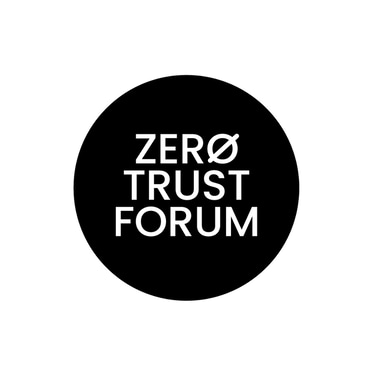Zero Trust: A Strategic Imperative for M&A Success
Learn how Zero Trust can accelerate and secure your next M&A
Jaye Tillson
11/5/20243 min read


In my 25-year career, I've been heavily involved in numerous M&A transactions, contributing to due diligence, budget planning, and integration processes. My MBA studies further solidified my focus on M&A, equipping me with a comprehensive understanding of the strategic, financial, and operational aspects of these deals.
As the digital landscape evolves and cyber threats become increasingly sophisticated, M&A deals present unique security challenges. Traditional security models, often reliant on perimeter defense, are no longer sufficient to protect sensitive data and critical infrastructure. Zero Trust, a security model that challenges the assumption of trust, emerges as a powerful solution to mitigate these risks.
The Power of Zero Trust in M&A
Zero Trust is a security framework that treats all users, devices, and applications as potential threats, regardless of their location or network access. Instead of granting broad access to networks, Zero Trust mandates continuous verification and authorization before allowing access to resources. This approach significantly reduces the attack surface, making it harder for cybercriminals to exploit vulnerabilities.
Why Zero Trust is Essential in M&A:
Complex IT Environments: M&A deals often involve merging disparate IT environments, creating a complex landscape with multiple systems, networks, and data silos. Zero Trust provides a unified security framework to manage and secure this complexity.
Increased Risk of Cyberattacks: Cybercriminals often target organizations undergoing M&A, as they are more vulnerable due to disruptions, changes in IT infrastructure, and potential security gaps. Zero Trust helps mitigate these risks by enforcing strict access controls and continuous monitoring.
Protection of Sensitive Data: M&A deals often involve the exchange of sensitive information, such as intellectual property, financial data, and customer information. Zero Trust ensures that only authorized users can access this data, reducing the risk of data breaches and leaks.
Compliance and Regulatory Requirements: Many industries, such as healthcare, finance, and government, are subject to stringent data protection regulations. Zero Trust can help organizations comply with these regulations by implementing robust security measures.
Implementing Zero Trust in M&A
Implementing Zero Trust in an M&A context requires careful planning and execution. Key steps include:
Assessing the Security Landscape: Conduct a thorough assessment of both organizations' security posture, identifying potential vulnerabilities and risks.
Defining the Zero Trust Architecture: Develop a comprehensive Zero Trust architecture that outlines the core principles, technologies, and policies.
Implementing Identity and Access Management (IAM): Implement a robust IAM solution to manage user identities and control access to resources.
Deploying Network Segmentation: Divide the network into smaller segments, limiting lateral movement and reducing the impact of potential breaches.
Leveraging Zero Trust Network Access (ZTNA): Deploy ZTNA solutions to provide secure access to applications and resources, regardless of location.
Implementing Continuous Monitoring and Threat Detection: Continuously monitor network traffic, user behavior, and system logs to detect and respond to potential threats.
Training and Educating Employees: Provide comprehensive security awareness training to employees, emphasizing the importance of Zero Trust principles and best practices.
Challenges and Considerations
While Zero Trust offers significant benefits, there are challenges to consider:
Complexity: Implementing Zero Trust can be complex, requiring technical expertise and organizational change.
Cost: The initial investment in Zero Trust technologies and infrastructure can be substantial.
User Experience: Overly restrictive policies can impact user productivity and satisfaction.
To address these challenges, organizations should:
Prioritize Critical Assets: Focus on protecting high-value assets and sensitive data.
Phased Implementation: Implement Zero Trust in phases, starting with high-risk areas.
User-Centric Design: Design Zero Trust solutions to minimize user friction and maximize productivity.
Continuous Evaluation and Improvement: Regularly assess the effectiveness of Zero Trust policies and make necessary adjustments.
Conclusion
Zero Trust is a powerful security paradigm that can significantly enhance the security posture of organizations undergoing M&A. By embracing Zero Trust, organizations can protect their sensitive data, mitigate cyber risks, and ensure business continuity. As the threat landscape continues to evolve, Zero Trust will play a crucial role in safeguarding the future of M&A deals.
Additional Considerations
Third-Party Risk Management: Carefully assess and manage the security risks associated with third-party vendors and partners.
Data Privacy and Compliance: Ensure compliance with data privacy regulations, such as GDPR and CCPA.
Cloud Security: If cloud services are involved, implement strong cloud security measures, including identity and access management, encryption, and data loss prevention.
Incident Response and Recovery: Develop robust incident response and recovery plans to minimize the impact of potential cyberattacks.
By considering these additional factors and adopting a proactive approach to security, organizations can successfully navigate the complexities of M&A and emerge stronger in the face of evolving cyber threats.
